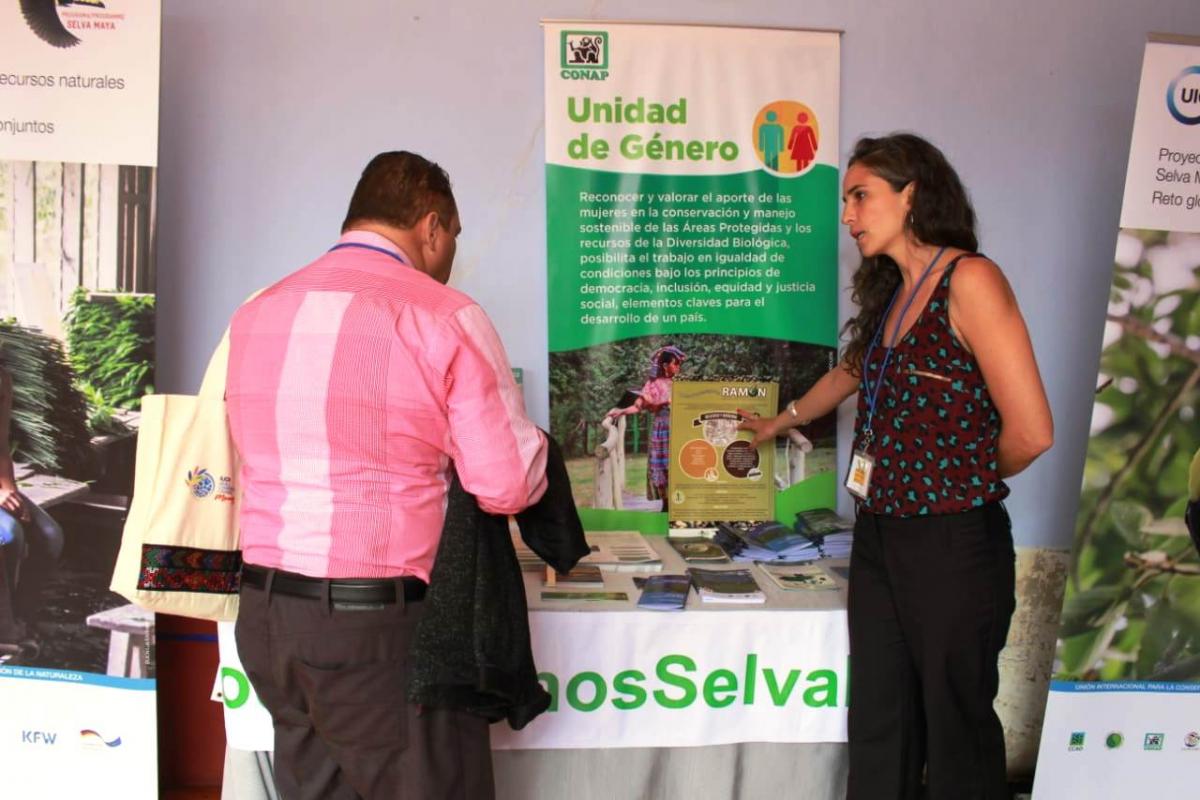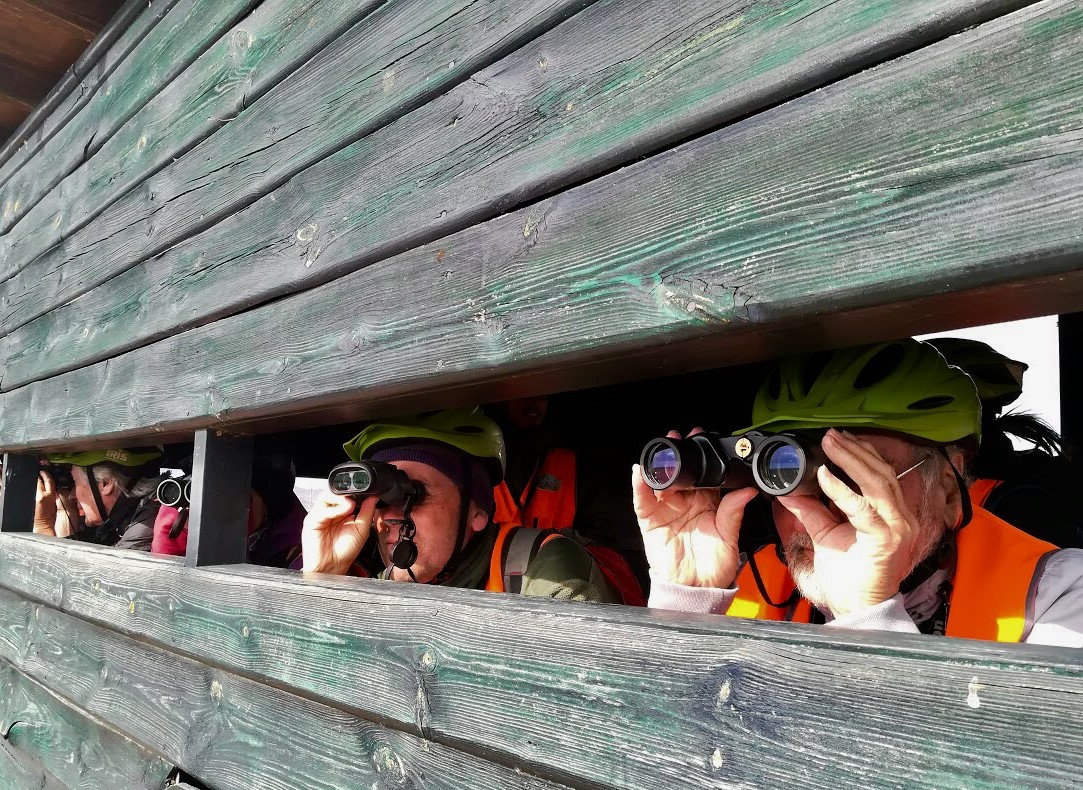Exploring ‘Other Effective’ Forms of Coastal and Marine Conservation
By Harry Jonas and Dan Laffoley
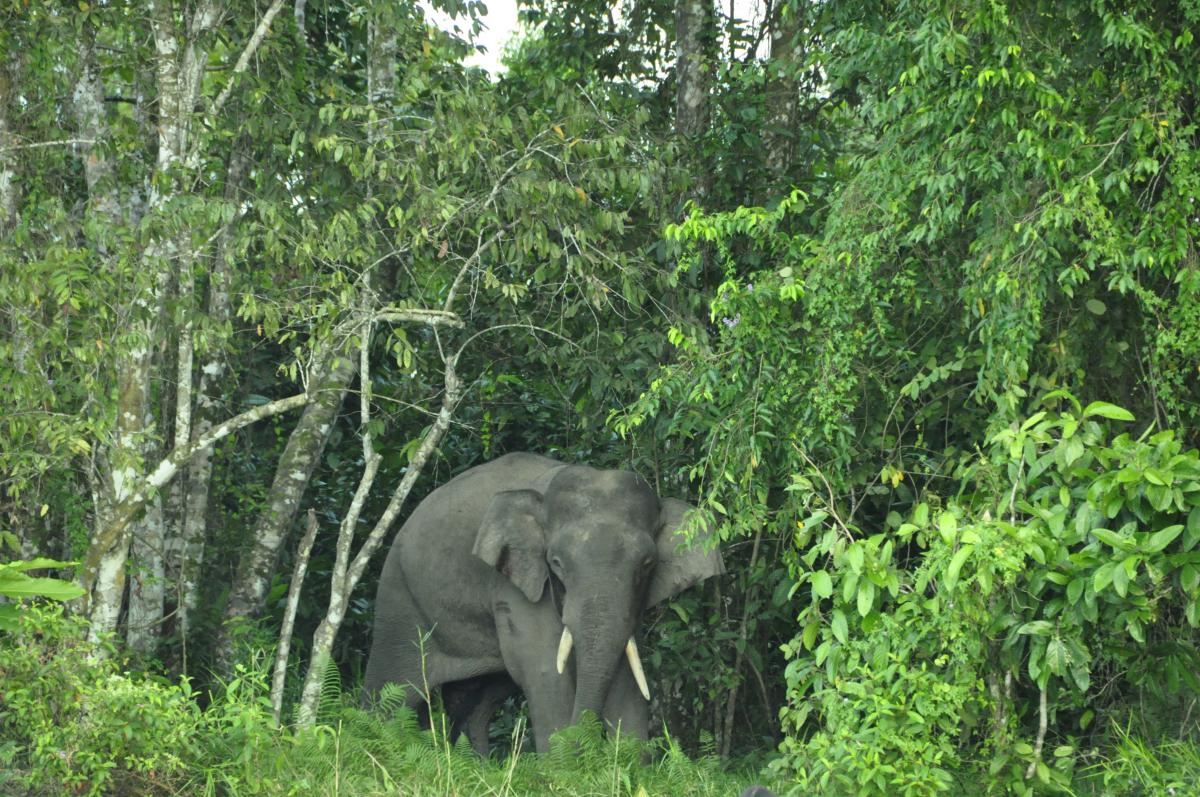
Photo: Harry Jonas
Najib Ramsah and his friend Neville Yapp are up early. They untie the mooring ropes of a wooden boat, fire up the outboard engine and begin to motor down the Tabin river. On their left rises a giant strangling fig tree, which supports many rare species and is sacred to many of Borneo’s indigenous groups. They hear a gibbon calling from somewhere within the Tabin Wildlife Reserve, which is home to many other iconic species such as the orangutan, clouded leopard and Critically Endangered Sumatran rhino.
They journey forty miles downstream to Dewhurst Bay, the meeting point of the mighty 560 kilometre long Kinabatangan river and the Sulu Sea, which is home to irrawady and humpback dolphins, turtles and many other fishes and crustaceans. The entire boat trip takes place within the Lower Kinabatangan-Segama Wetlands Ramsar site, a 78,000 hectare area on the east coast of Sabah (Malaysia). The site is larger than Singapore, and forms part of the largest watershed draining into the Coral Triangle, the world’s most biodiverse marine eco-region. The Ramsar site is formed of a number of state governed protected areas and includes within its boundary community governed areas that contribute additional habitat and support overall connectivity.
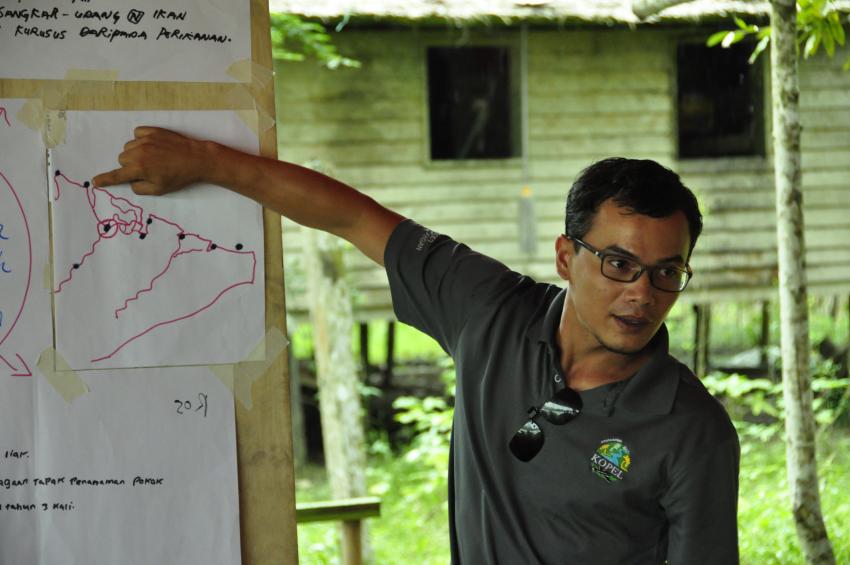 Photo: Harry Jonas
Photo: Harry Jonas
In 2015, the IUCN World Commission on Protected Areas established a dedicated Task Force with over one hundred members to develop technical guidance on recognising and reporting on OECMs. The Task Force is making progress. It has held three expert meetings (Cambridge, UK; Vilm, Germany; Vancouver, Canada), collected over 50 case studies, and in April 2017 circulated a draft set of guidelines that have been field tested by Task Force members in several countries, including Bermuda, Colombia and Kenya.
The draft guidelines explain that the core difference between a protected area and an OECM is that while protected areas have as a primary conservation objective to promote the in-situ conservation of biodiversity, the defining criterion of an OECM is that it delivers effective and enduring in-situ conservation of biodiversity, regardless of its primary management objectives. In other words, OECMs are generally areas that are not primarily managed to conserve biodiversity but nevertheless do so through the active conservation of an area’s ecological functions (‘secondary conservation’) or because biodiversity thrives as a side-effect of other activities ('ancillary conservation’). Locally managed marine areas (LMMAs) are examples of ‘secondary conservation’. Area closures around historic wrecks and associated war graves that protect areas of surrounding ocean are examples of ‘ancillary conservation.’
The guidance suggests a number of potential benefits of recognising OECMs as a complement to protected areas. For example, OECMs will engage a broader array of organisations in conserving biodiversity, including indigenous and local communities, spiritual and religious communities, and organisations that take complementary actions to protect cultural features in the landscape and seascape. The guidance on OECMs will help to define and consolidate the relationship of states and conservation organisations with these organisations in the management of conserved territories and locally managed marine areas such as those in the Lower Kinabatangan-Segama Wetlands Ramsar Site. It will also incentivise the recognition or application of robust conservation and management measures to areas of biodiversity significance, and contribute to improved management and restoration of areas that could usefully contribute to long-term in situ conservation of biodiversity.
A recent paper on OECMs argues that the development of OECM frameworks will widen the scope and nature of area‐based measures that deliver the goal of in situ conservation of biological diversity and ecosystem services in marine environments.
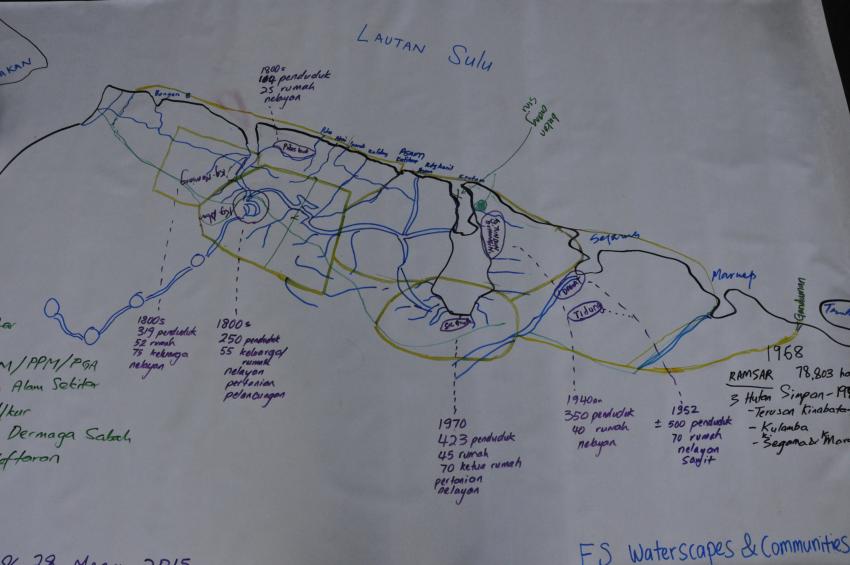 Photo: Harry Jonas
Photo: Harry Jonas
The Task Force’s work continues and it aims to deliver the guidelines by the 14th Conference of the Parties to the CBD in November 2018. It is quite possible that soon after COP 14, Najib and Neville will be able to add another layer of information to their formidable mental maps of the area – terrestrial and marine areas outside state-governed areas that are duly recognised for their importance in preserving biodiversity.
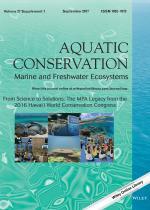 Photo: Aquatic Conservation
Photo: Aquatic Conservation
 Photo: Aquatic Conservation
Photo: Aquatic Conservation
Read the paper An introduction to ‘other effective area-based conservation measures’ under Aichi Target 11 of the Convention on Biological Diversity: Origin, interpretation and emerging ocean issues by Dan Laffoley, Nigel Dudley, Harry Jonas, David MacKinnon, Kathy MacKinnon, Marc Hockings, and Stephen Woodley.
For more information:
LMMA on PANORAMA - Solutions for a Healthy Planet:
- http://www.panorama.solutions/en/solutions/community-initiated-trao-reef-locally-managed-marine-area
- http://www.panorama.solutions/en/solution/fish-forever-philippines-campaign-managed-access-and-sanctuaries
- http://www.panorama.solutions/en/solutions/empowering-local-communities-to-manage-small-scale-fisheries
For Neville and Najib’s work: www.foreversabah.org

